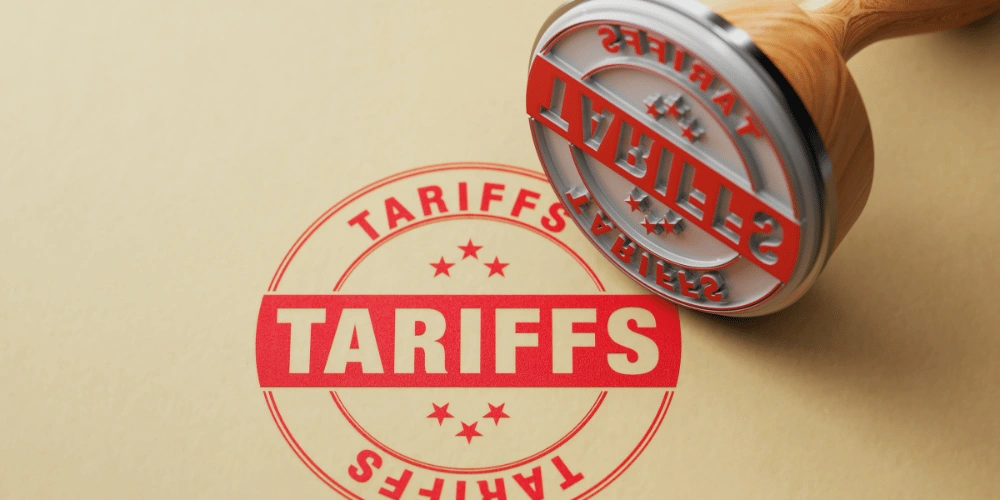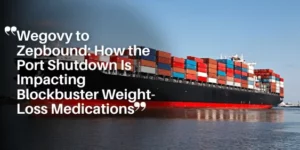The Impact of Tariffs on U.S. Auto Prices: Navigating the Shifting Market for Affordable Cars
Tariffs are reshaping the availability of entry-level cars, forcing American consumers to adapt to a changing car market.
The U.S. auto industry is currently experiencing one of its most challenging periods, driven largely by the ongoing effects of tariffs on imported vehicles and parts.
As tariffs have increased the cost of many car models, particularly those priced under $30,000, the availability of affordable options for American car buyers has become significantly limited.
With prices of new cars rising sharply, the dream of owning an entry-level vehicle is slipping out of reach for many families.
This article examines how the introduction of tariffs has led to a decline in affordable cars under $30,000, how the auto industry is responding, and what options remain for consumers.
As the cost of vehicles continues to rise, the search for affordable, quality transportation has become increasingly complicated, forcing buyers to rethink their approach to purchasing a new or used car.
How Tariffs Have Changed the Auto Landscape
In 2019, vehicles priced under $30,000 made up nearly 38% of the total new car market.
However, recent data from Cars Commerce shows that by the first half of 2025, that figure had dropped drastically to just 13.6%.
The primary reason for this sharp decline is the increased cost of importing vehicles and auto parts due to tariffs.
While the average new car price in the U.S. has soared to nearly $49,000, those seeking affordable options in the entry-level car market are finding fewer choices available.
These entry-level cars, which are typically manufactured overseas, are disproportionately impacted by tariffs.
According to Cars Commerce, approximately 92% of cars priced under $30,000 are built outside the U.S., meaning they are subject to tariffs on both imports and parts.
The result is that automakers have limited their offerings in this price range, choosing to focus production on higher-priced vehicles that are less vulnerable to tariff-related price hikes.
| Price Range | Effect of Tariffs | Current Availability |
|---|---|---|
| Under $30,000 | Most significantly affected by tariffs | Availability has dropped by over 24% in recent years |
| $30,000 to $49,000 | Affected by moderate tariff increases on imports | Gaining market share as entry-level cars become less available |
| Over $50,000 | Least affected due to less reliance on imports | More stable availability as these models have more domestic content |
The Shift Toward Mid-Range Vehicles
As the availability of cars under $30,000 continues to shrink, more consumers are turning to mid-range vehicles.
Cars priced between $30,000 and $49,000 now make up nearly half of the new car market.
This segment includes small and midsize SUVs, which have been increasingly popular due to their space and versatility, offering a good balance between price and features.
Although this price range is still impacted by tariffs—especially since 50% of these cars are imported—it has proven to be more resilient than the entry-level segment.
Many manufacturers have been focusing on producing these mid-range vehicles to meet consumer demand for more spacious, feature-rich cars.
While these cars may be slightly more expensive than their entry-level counterparts, they offer a level of versatility and safety that has become increasingly attractive to American families.
Automaker Responses to the Tariff Challenge
Faced with the rising costs associated with tariffs, many automakers have adjusted their production and pricing strategies.
Some manufacturers have doubled down on promoting American-made cars, while others have shifted production to countries with lower tariff exposure.
Ford, for example, launched its “From America, For America” campaign, which promoted U.S.-built cars and offered discounts to encourage consumers to buy American-made vehicles.
This strategy resulted in a 14% increase in Ford’s sales in the second quarter of 2025 and allowed the company to surpass Toyota in sales for the first half of the year.
Ford’s success highlights a broader trend within the auto industry: a return to emphasizing domestic production.
By focusing on vehicles built in the U.S. with a higher percentage of American-made parts, automakers can better mitigate the costs associated with tariffs.
However, not all car manufacturers have been able to weather the storm as successfully as Ford.
Companies that rely heavily on foreign production have had to raise their prices or limit their vehicle offerings, creating challenges for consumers looking for affordable options.

Brands and Models Less Affected by Tariffs
While the impact of tariffs is widespread, some car brands and models have been better positioned to weather the storm.
Tesla, for instance, produces several models that are considered some of the most American-made vehicles on the market. The Tesla Model Y, for example, is built with a significant percentage of U.S.-sourced parts, making it less susceptible to tariff increases.
Other car brands, such as Honda and Toyota, have also been able to maintain more competitive prices by focusing on domestic production.
The Honda Passport and the Toyota Camry are among the most popular vehicles in their categories and are built in U.S.-based factories.
The higher domestic content in these cars means they are less impacted by the tariffs that have affected many other models.
For consumers who are looking to avoid the price hikes caused by tariffs, focusing on vehicles that are primarily manufactured in the U.S. or those with high domestic content can help minimize the impact of rising car prices.
| Brand | Model | Manufacturing Location | Tariff Impact |
|---|---|---|---|
| Tesla | Model Y, Model S | Primarily U.S.-manufactured | Minimal impact due to high percentage of American-made parts |
| Honda | Passport, Ridgeline, Odyssey | Built in the U.S. (Indiana, Alabama) | Less affected due to high domestic production |
| Toyota | Camry, Tundra | U.S. (Tennessee, Texas) | Moderately affected, significant domestic production |
| Jeep | Gladiator, Cherokee | U.S. (Ohio, Michigan) | Less impacted due to U.S.-based manufacturing |
Exploring the Used Car Market as an Alternative
For many American car buyers, the price increases in the new car market due to tariffs are making it more difficult to find an affordable vehicle.
One potential solution is the used car market, which continues to offer competitive prices compared to new vehicles.
Cars Commerce reports that used cars priced between $20,000 and $30,000 offer the best balance of affordability and condition, providing an alternative for those looking for a quality vehicle without the high price tag.
The used car market is less impacted by tariffs, as it does not rely on imported parts or new manufacturing.
This makes it an attractive option for buyers who need a car but are unwilling or unable to pay the inflated prices for new vehicles. Additionally, purchasing a used car can allow buyers to get more features for the same price as a new, entry-level vehicle.
What the Future Holds for Affordable Cars in America
The rising cost of vehicles in the U.S., driven in part by tariffs, continues to create challenges for consumers.
As automakers adjust their production strategies and pricing models, the availability of affordable vehicles under $30,000 will remain limited.
However, there are still options available, particularly for those willing to explore American-made vehicles or the used car market.
The continued impact of tariffs highlights the importance of supporting domestic production and ensuring that the U.S. auto industry can remain competitive in the global market.
By focusing on increasing domestic manufacturing and reducing reliance on imported parts, automakers can help alleviate some of the pressure caused by trade policies and keep prices more affordable for consumers.
For car buyers looking to navigate the changing market, focusing on vehicles with high domestic content, considering used cars, and staying informed about new incentives and campaigns from automakers can help mitigate the rising costs of new vehicles.







